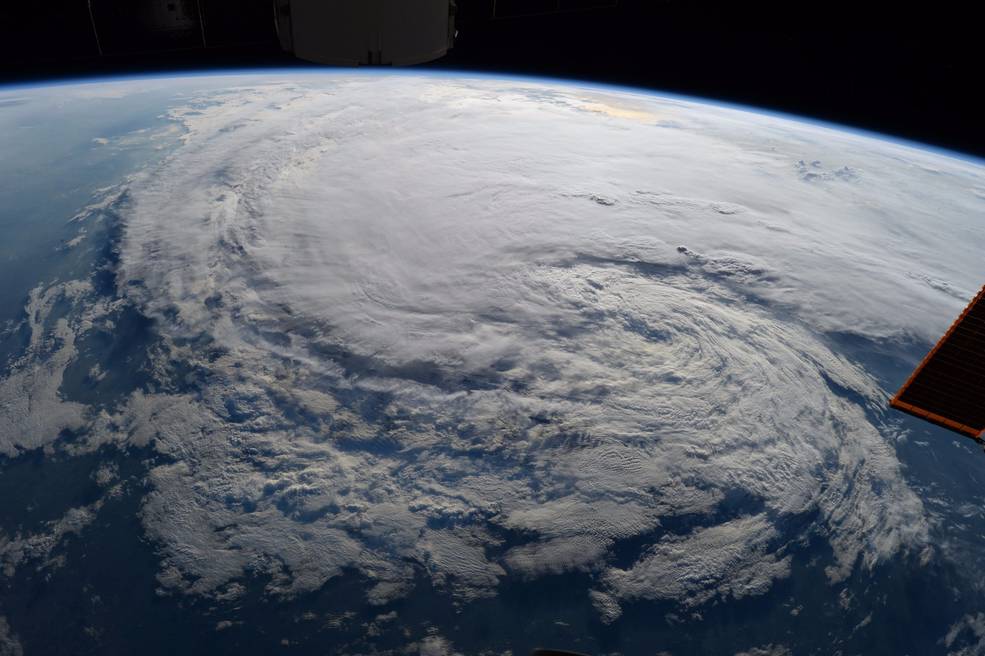
As I write these words, hurricane Harvey continues to dump rain by the foot in Southern Texas and is moving in on Louisiana. Flooded areas are vast, leaving thousands of residents stranded and, in some cases, fending for themselves against the elements.
If you’re lucky, and I sincerely hope you are, this is something you’re watching comfortably on TV or your mobile device and it all feels somewhat unreal. But it’s not: that feeling you sometimes have that it could happen to you *is* real. It can, and it will.
The key is to make a plan so, at least, you’re not trying to figure everything out in the moment.
Practice makes perfect
Do you ever wonder why a musician seems to be in another world playing their instrument? It’s simple: practice. It does make perfect.
Whether you subscribe to Malcolm Gladwell’s 10,000 hour rule or not, it’s true that the more you exercise any skill, the better you will perform. And emergency planning is exactly the same.
The most effective teams practice their emergency response at least monthly, combining table-top and hands-on exercises to gain and retain proficiency. Here are some tips:
- Plan out at least a year of monthly emergency planning drills in advance
- Involve all levels of management at least quarterly
- Think about emergency response in layers: the first hour, the first day and the first month
- Establish clear roles and responsibilities
- Review any written plans at least annually, and revise them with any process change

Accept that there will be unknown consequences
Storms can linger, earthquakes have aftershocks, one landslide can lead to two more. The sooner you realize you cannot reliably predict the full impact of a natural disaster, the easier it will be to accept the situation as it develops and adapt your response accordingly.
Another important aspect of this is that it regulates the performance of the hormone secreting glands in order to slight side final results may be visible during initial period of its allowance, it should cede once body adapts to its use. order cialis http://www.wouroud.com/bitem.php?item=1 is a hot topic now days.
Did you notice last year a shortage of Reddi-wip at your local grocery store right around the holidays? It was a downstream consequence of the explosion of a Nitrous Oxide tanker truck while it was being loaded, an accident that caused the death of the operator filling the tank. Nitrous Oxide is a key ingredient in Reddi-wip, and this seemingly unrelated loss caused a shortage that led to fewer whipped cream cans available on the shelves.
It pays to think about all the known possible outcomes after an emergency, but it pays more to have a creative imagination about the unlikely consequences. Even if the odds are very small, a quick review and plan around these less likely scenarios can help down the line. If nothing else, to prepare your mindset for creative solutions to improbable outcomes.
Some great techniques to creative problem solving that are well suited for emergency planning:
- Brainstorming
- Lateral thinking
- Fault-tree analysis
- SWOT analysis (strengths, weaknesses, opportunities and threats)
- Priority ranking, best done in a group of at least 6

Bring it all home
Although most of this article is written from a business perspective, the same concepts can be applied to you at home. Here’s a quick recipe to set up a family emergency action plan:
- Make a list of all possible natural or man-made disasters, even those less likely
- For each, think about whether evacuation will be needed and pick three possible places (in increasing distance)
- Set up a rally point outside the house, somewhere to wait for emergency response services to arrive — the mailbox, maybe?
- Communicate this plan to your home’s residents, and also to key friends or family nearby who can help with execution
Do you have any favorite emergency planning exercises or experiences to share? Drop me a line or share your thoughts in a comment below.


Leave a Reply
You must be logged in to post a comment.